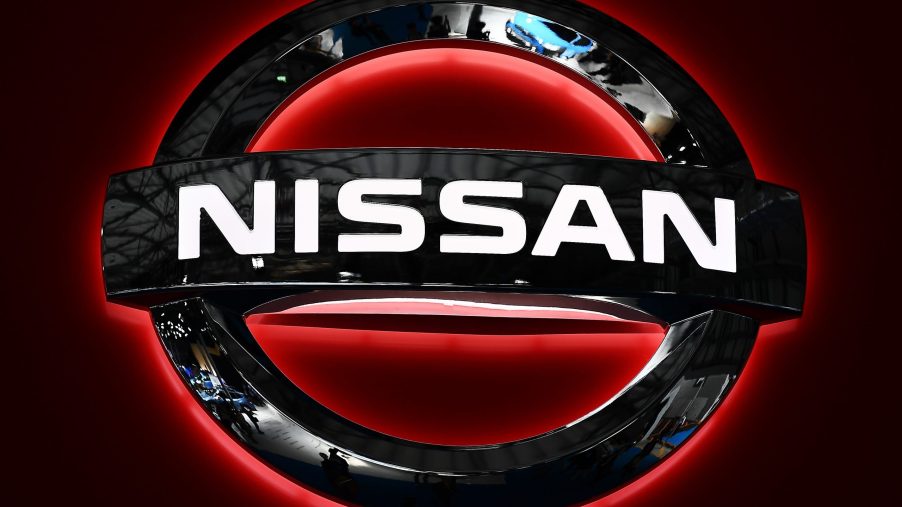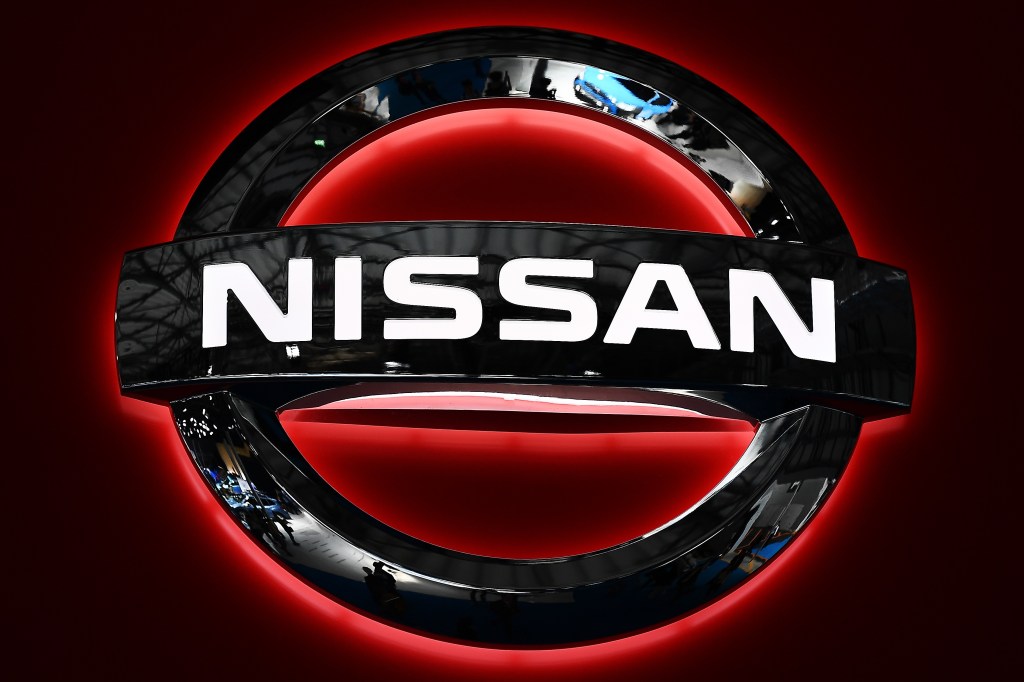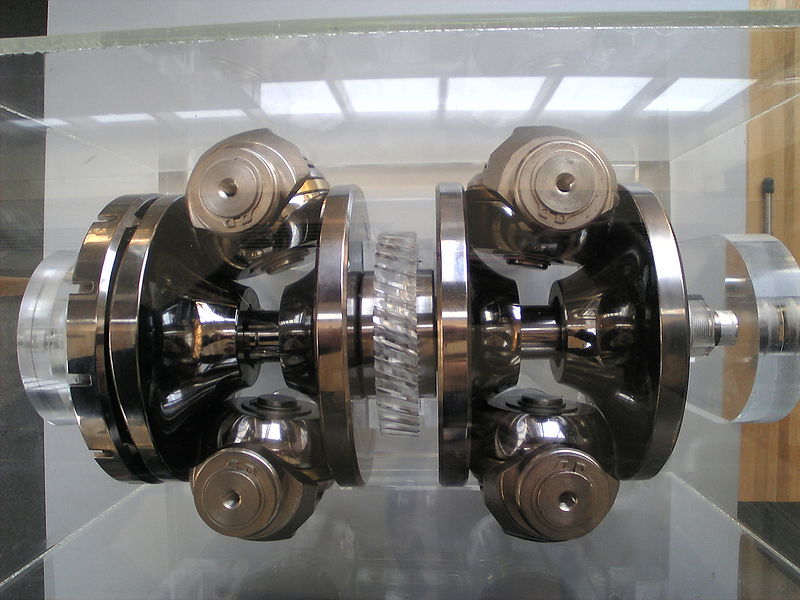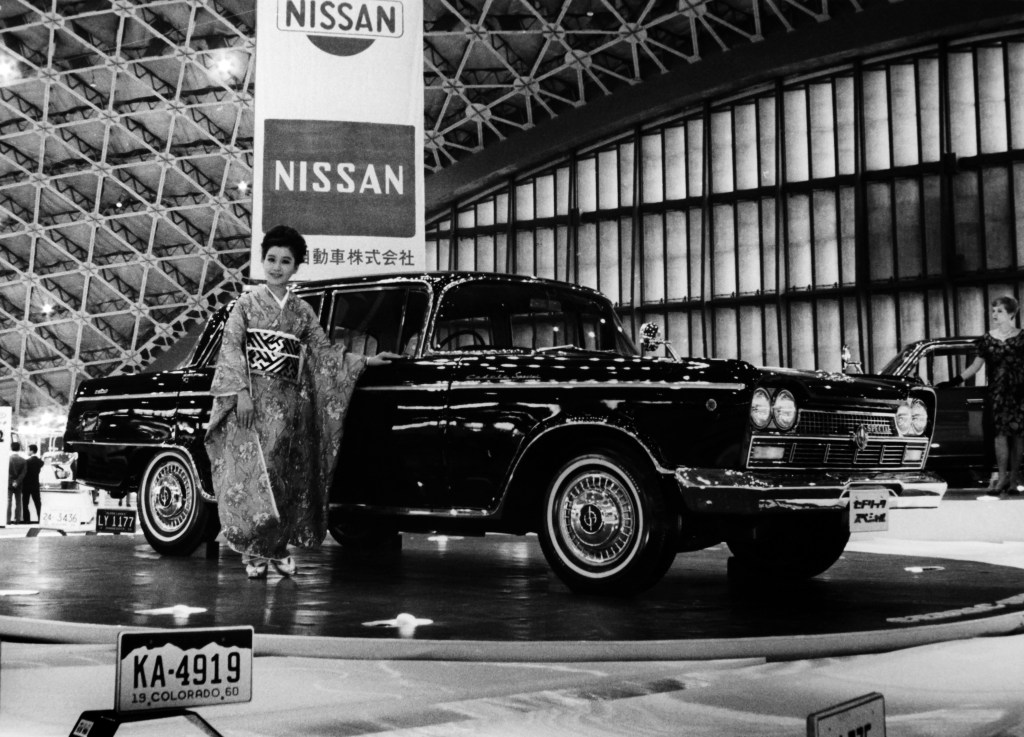
The Weird Nissan CVT That Busts Torque Limitations
Nissan is known for innovation in the automotive industry. In the 1960s, the Japanese automaker introduced a revolutionary new transmission to the market. What makes this CVT able to handle more torque than other transmissions can?

Why traditional CVTs aren’t perfect for high-torque applications
Belt or chain-driven CVTs are limited by the very components that power them. In short, a CVT can only handle as much torque as its belts or chains can sustain. Creating belts durable enough to handle the demands of high-torque engines is more difficult than it seems.
It’s not impossible to achieve, but it’s currently impractical for a production car. An infamous F1 car with a CVT proved it could be done, just not on a large scale or at a reasonable price. The strength of a steel belt doesn’t limit a Toroidal CVT.
What is a Toroidal CVT?

Road & Track recently explored the history of this bizarre transmission. Nissan has long been an industry leader in development. The company isn’t afraid to challenge the status quo. Pushing the paradigms of design breeds innovation.
In the mid-1960s, Nissan released the Y34 Generation Cedric. This was the first production car to feature a toroidal CVT with a unique twist. In this example, gear ratios are changed via a series of power rollers and discs attached to the input shaft.
To allow more torque through the transmission, Nissan doubled the number of discs and rollers. This double CVT allowed significantly more power through the gearbox. Nissan claimed it could handle 10 tons of torque.
Why do Toroidal CVTs deliver more power?

A toroidal CVT can withstand more torque than a belt-driven transmission for two reasons. Firstly, Nissan’s double toroidal CVT cuts the work the transmission has to do in half. Secondly, the belts and chains that drive a contemporary CVT aren’t as durable as the discs and power rollers in a toroidal transmission.
Japanese brands are known for putting out high-quality cars that deliver innovative engineering. The Cedric is an early example of that. Iterations of this transmission have been in Nissan cars for decades. As more production cars are made with CVTs, this style may find a segment to conquer.
Which transmission is more reliable?
This is a complicated question to answer. On the one hand, the discs and rollers in a toroidal CVT are more durable than the belts and chains that drive other transmissions. On the other hand, those belts and chains are cheaper and easier to replace. Knowing an expensive rebuild may be on the horizon isn’t very comforting. This transmission has double the moving parts, which could mean more repairs.
The issue of transmission reliability often comes down to personal priorities. One massive repair may hurt more than some regular maintenance. What’s less reliable, a few minor breakdowns or a total transmission failure? That depends on whether a driver wants to stay out of the shop or to save money on the cost of ownership.


